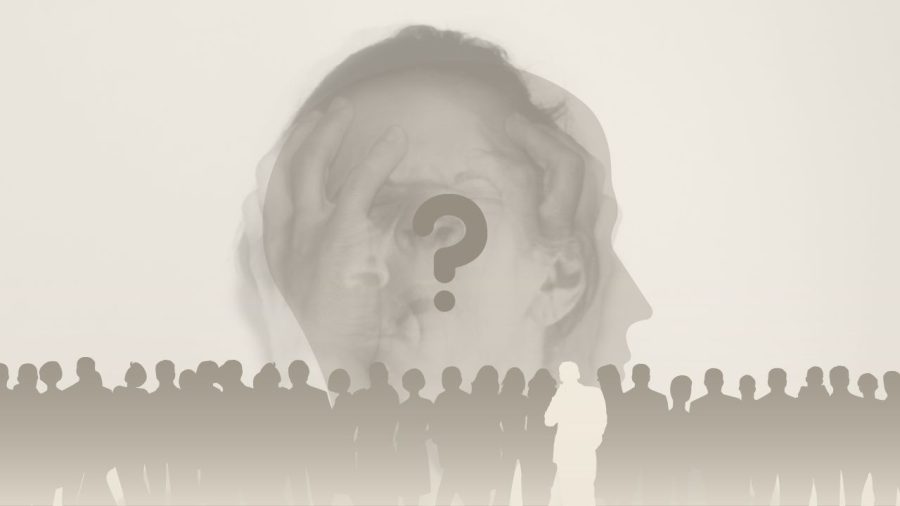How Much Press Are You Worth?
New calculator predicts how much coverage someone would be ‘worth’ if they went missing
Bias present in our media skews the amount of coverage a missing person can receive, depending on who they are.
According to the National Missing and Unidentified Persons System, or NamUs, an average of 600,000 people are reported missing in the United States annually.
Our society has evolved technologically to a point where one headline about a missing child featured on the morning news can reach thousands, and one alarm echoed from your smartphone can and has been used to find over a thousand missing people.
But, while most people who are reported missing are accounted for within 72 hours of their disappearance, many are never found at all. Why?
The truth is, a vast section of missing persons cases are simply deemed unworthy of being featured on the news and in turn, don’t catch the attention of the public. Our media has shown repeatedly that factors like a person’s age, sex, gender, race, and even location are ultimately what determine if they will be even mentioned by a news organization.
So, how much press would you be “worth” if you went missing? Well, on Nov. 3, the Columbia Journalism Review (CJR), a magazine published by the Columbia University Graduate School of Journalism, unveiled a new tool that enables users to receive an estimate on how much news coverage they would get if they were to go missing.
The device was created in an effort to put numbers to the bias present in our news and help recognize “Missing White Woman Syndrome,” a term coined by late PBS news anchor and journalist Gwen Ifill.
“If there’s a missing white woman, you’re going to cover that, everyday,” Ifill stated at a 2004 panel discussion.
“Missing White Woman Syndrome” describes the consistent choice of mainstream news to give disproportionate attention and coverage to young white women as opposed to any other demographic of missing people, particularly missing people of color.
This term has acquired more recognition in the two decades since it had been named, especially this year when the heavy awareness through social media and press helped solve the case of Gabby Petito, a young white woman who was reported missing and whose body was found a month later.

Petito’s story and how it was treated by the public led to many wanting to bring more public recognition to the hundreds of missing people of color, who historically have never gathered as much attention as their white counterparts, and might never be found or have their cases be put to rest.
The United States Census Bureau estimates that nearly 40% of all missing people are Black, even though Black people only make up about 13% of the U.S. population. Missing Black Americans are covered in only about 13% of news stories compared to the average 70% that their white counterparts are featured in.
The CJR used about 3,600 missing persons cases and their details regarding race, gender, and sex to be able to estimate the amount of attention a missing person would get. According to them, a missing white woman in her early 20s would get 120 news stories worth of coverage.
As the user goes through the new calculator, answering questions about their age, gender, location, and race, they are shown various statistics about missing persons and how many stories a missing person of a certain demographic would usually get.
So, missing people of color are far less likely to be covered by news outlets, but why is this?
Many point to biases being a key cause. Biases are preconceived notions that people link with certain groups and individuals. Many cases of missing people of color might be swept under the rug since many negative stereotypes have been associated with minorities in the United States.
Others say that lack of diversity within news outlets is to blame as well. A 2018 study surveyed by the American Society of News Editors found that newsrooms usually consist of only white, male reporters.
The goal of this calculator is to “force change from readers and viewers” along with allowing recognition of the unbalanced amount of news that varies because of how a missing person looks, what they identify as or with, and where they live.
But the good thing is, change can start with you. Work against and recognize your internal biases, and do your best to fight against external typecasting. Encourage more diversity in newsrooms, and pressure local news organizations to cover more of everyone when you see imbalances in headlines. Spread awareness about any missing persons case that you come across and use social media to your advantage.
If you know anything about any missing persons case that makes it across your screen or newspaper, please contact local law enforcement, or the National Missing and Unidentified Persons System at (833) 872-5176, or [email protected].



